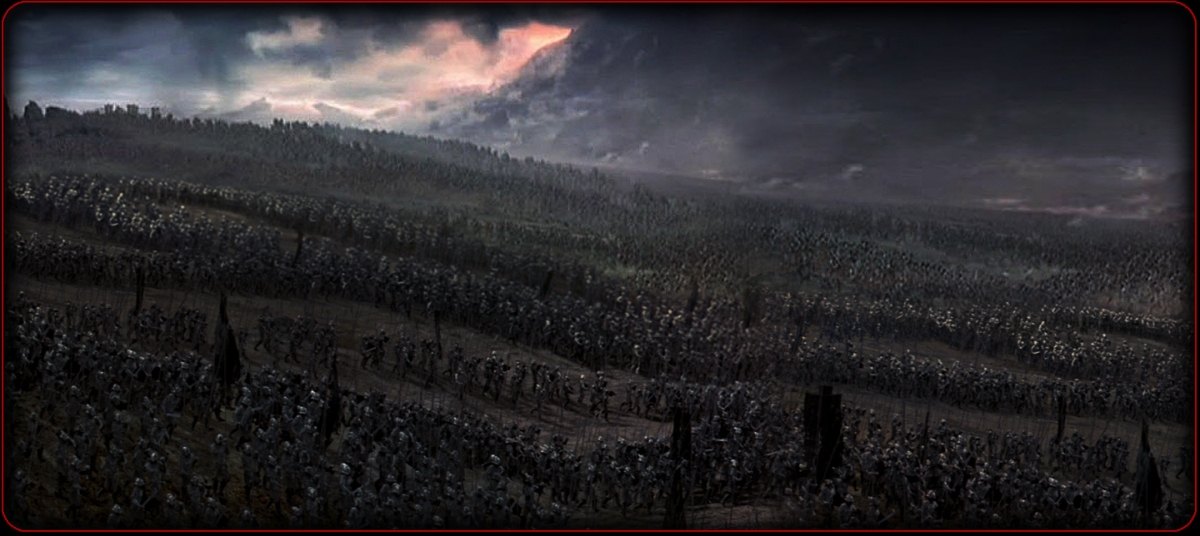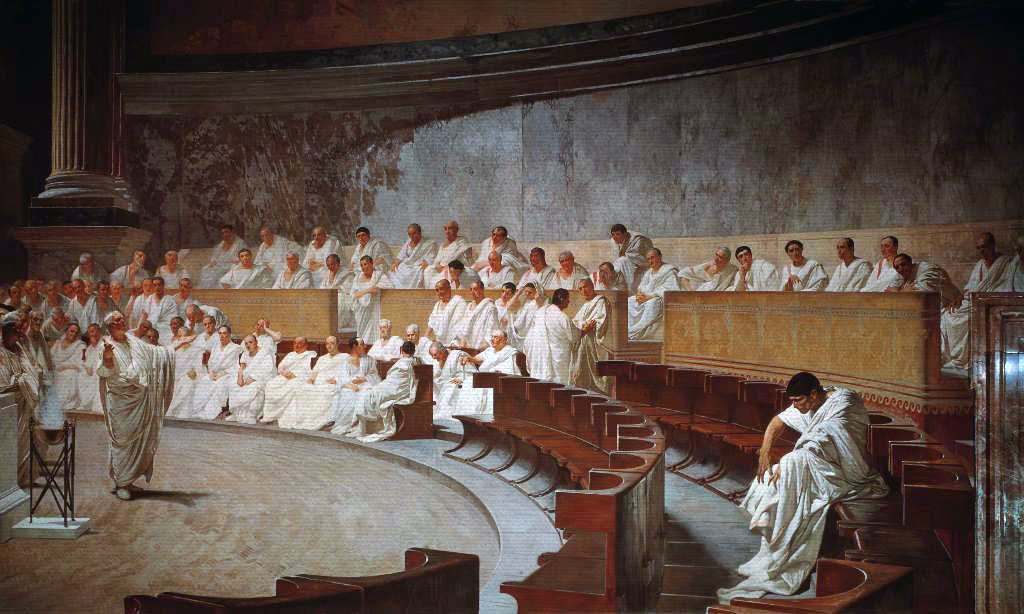What authors often forget is the sheer expense of high quality kit under pre industrial conditions. A hauberk and a helm under a padded Jack is a few years of wages for an unskilled workman. And this is the minimum for a professional man at arms. There’s a reason that baseline infantry kit was ‘helm, padded-fabric, shield, and spear’ from antiquity through to pike and shot.
The logistics of army equipment is incredibly overlooked.
IIRC Europe didn't really begin producing a lot of plate armor until the iron mining industry was capable of mining and refining enough iron - and in high enough quality - for the workshops to be able to afford a "decent" amount of iron to work with. And even then, the armor they made were incredibly expensive.
But expense aside, another thing that is hardly mentioned is the
time required to make stuff. For a suit of armor, you had to have workshops of like 30 different guys who were specialized in different tasks working for days. How many armor workshops are there in your entire country? Not many in the first place. Weren't there only like 1 or 2 dedicated armoring workshops in Britain way back when? Didn't most nobles order from that famous German workshop?
If you decide "we're going to war!", you can't just outfit your army out of nowhere. Even if you had a ridiculous amount of money lying around, you're still constrained by the limited production of the handful of workshops. If you're going to war within a couple weeks, any armors you order might not be ready in time. Those limited number of workshops are also a huge strategic liability, as if the enemy can locate them and send men to guard the workshops, well... you're not getting an armies from them (in fact the enemy might just take the armors you had paid so much for!).
You could try setting up a lot of workshops within your country to increase production, but this is a highly specialized trade. There might not be enough qualified armorsmiths to do it. And there might not be enough iron being mined either to supply the operation.
If you have a Lannister army of thousands of men in plate armor, that implies that iron production isn't even in the late medieval period anymore. You're talking about enough iron to supply the British navy during the age of sail. You could be making thousands of muskets and cannons and huge ships to carry it all with that much iron.
Or that's my take on it. I could be wildly off the mark and be missing something obvious.

 warfantasy.wordpress.com
warfantasy.wordpress.com

 warfantasy.wordpress.com
warfantasy.wordpress.com



